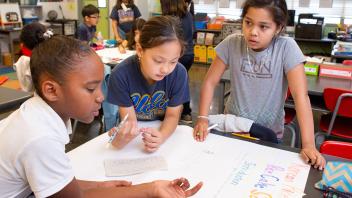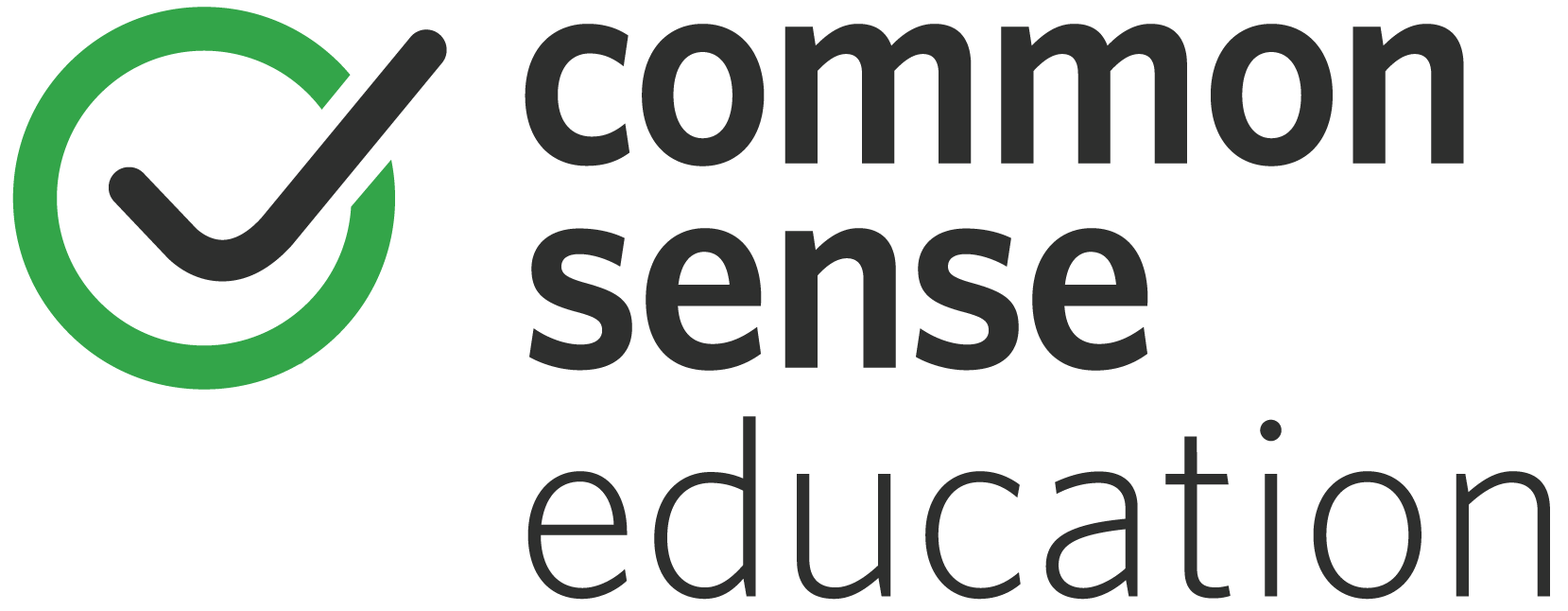Every teacher preps for the summer slide, the three-month drain of some of last school year’s learning. In fact, you probably have some tried-and-true assessment and refresher strategies aimed at figuring out where your students are and how to get them up to speed. The summer slide is just one of the many challenges teachers tackle come back-to-school time.
Much of the stuff students are doing over the summer is full of informal, experiential, personally chosen learning — it just doesn’t look like school.
To embrace the summer slide and turn it into September success, all you need to do is think of it as interest-driven learning, not wasted time. Use what kids choose to do over the summer to find out what’ll engage your students during the semester.
Check out the below activity, which gets students to reflect on what they did over the summer and then design introductory projects that connect their experiences to your curriculum.
Mind mapping: what’d you do over the summer?
Use a mind-mapping tool , such as Popplet , to get students thinking freely and quickly jotting down things they did, from events to activities, sports, movies, and beyond. Once they’ve got a lot of ideas gathered, see if they can note the relative significance of each node of their mind map and then cluster them to identify trends. The big key here is for students to be unfiltered.
Once the mind maps are complete, work with students to attach learning outcomes. For instance, a student who watched a lot of movies may have learned something about herself or the world without fully realizing it; a student who just got a smartphone may have taken a picture he’s proud of or made a great joke on social media. In this phase, the important thing is to show students how learning is a part of everything they do.
Reflection: what do you still want to know?
The goal now is to work with students to develop a plan for how to continue this informal learning in your classroom. Using a feedback tool such as Formative , NowComment , or Kaizena , ask students to develop questions they’d like to pursue answers to and offer guidance. Help them refine the questions, connect the questions to your curriculum, and work together to formulate a compelling project that develops direct connections to what they did over the summer.
Planning: how do you plan to find out more?
Students should now have the most important part of any project-based learning (PBL) experience: a driving question tied to their interests (and your curriculum). The challenge now is helping them see the projects through. There are a bunch of great tools to document, organize, and assess work. These tools — from those built for learning such as Seesaw or Pathbrite to those not, such as Tackk and WordPress — accomplish two essential goals of interest-driven PBL: 1). They put the focus on the formative process of learning over the summative end product, and 2). They allow students to share their work with a larger community. Get students up and going on one or a couple of these options, and set up a regular schedule to share progress, get feedback, and present their results.
These are, of course, just suggestions, and I admit they leave out a lot of the nitty-gritty details that make PBL challenging. I think the challenge is worth it, though. Digging into students’ interests right off the bat hooks students and shows them they’re in for a year of truly being in the driver’s seat. Most importantly, it flips the negative summer-slide rhetoric on its head, viewing students less as brains drained of knowledge and more as thriving gardens of experience.
This article originally appeared on Common Sense Education . Common Sense Education helps educators find the best edtech tools, learn best practices for teaching with tech, and equip students with the skills they need to use technology safely and responsibly. Go to Common Sense Education for free resources including full reviews of digital tools, ready-made lesson plans, videos, webinars, and more.

